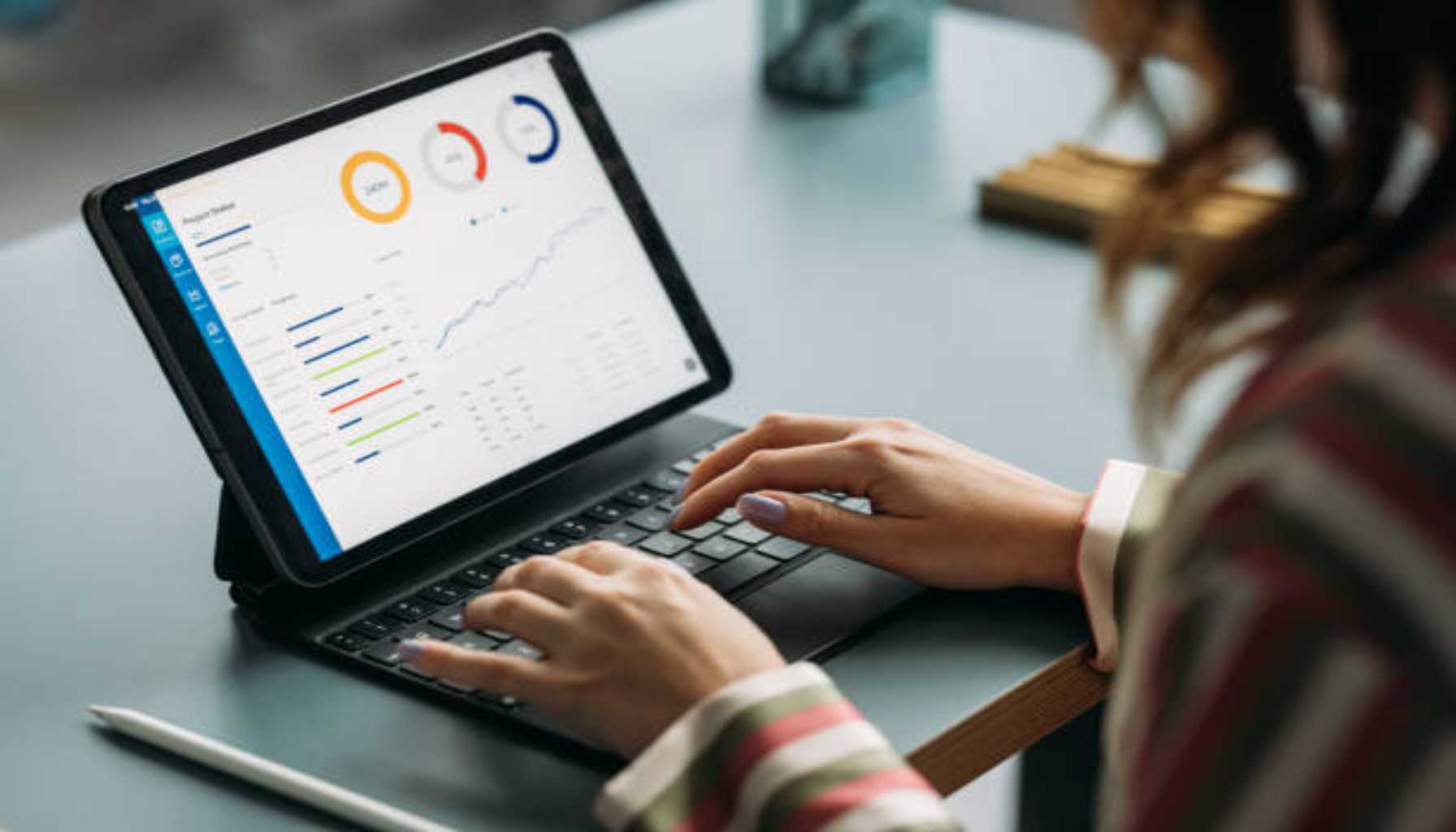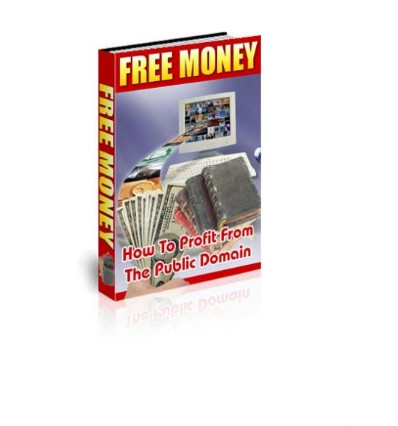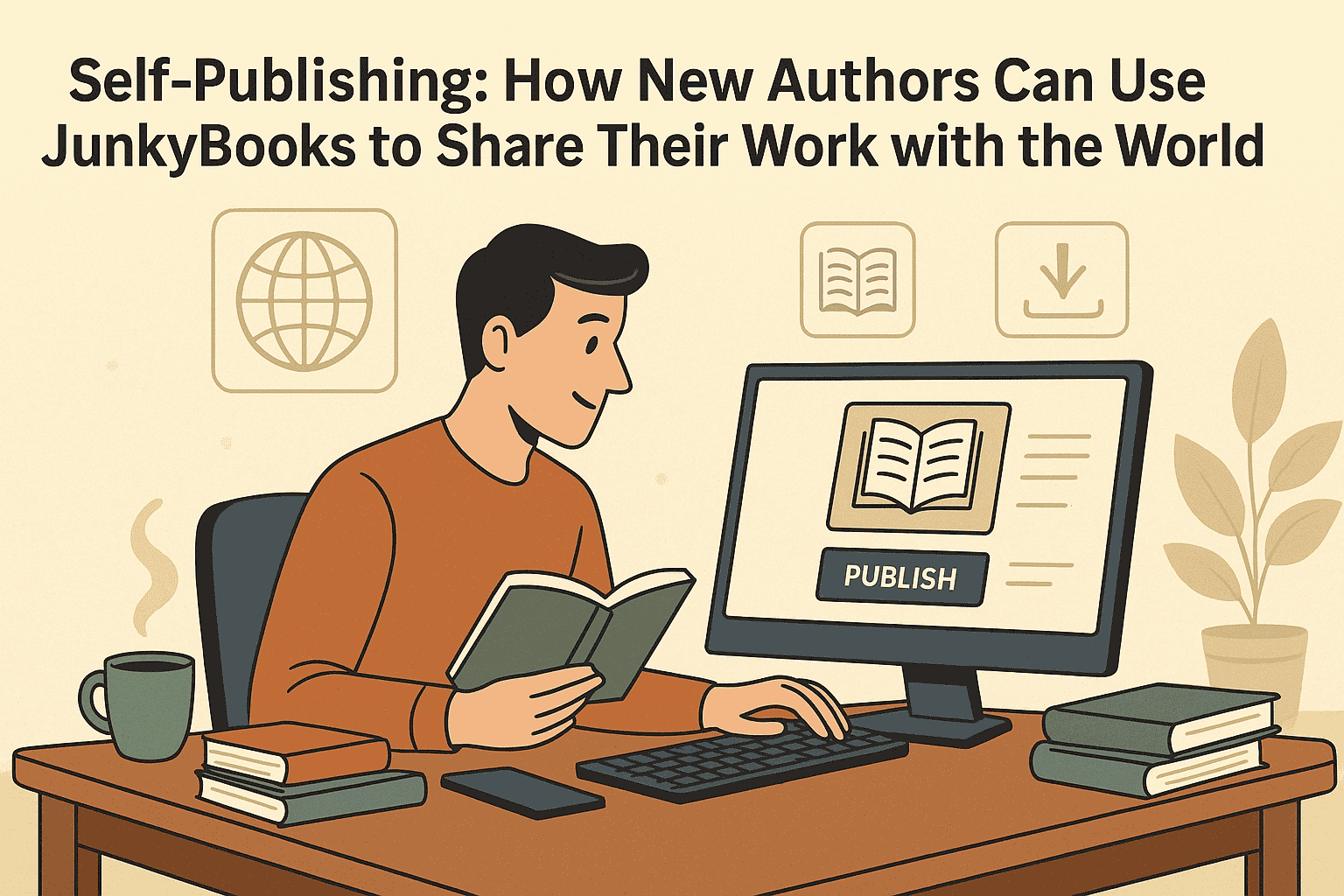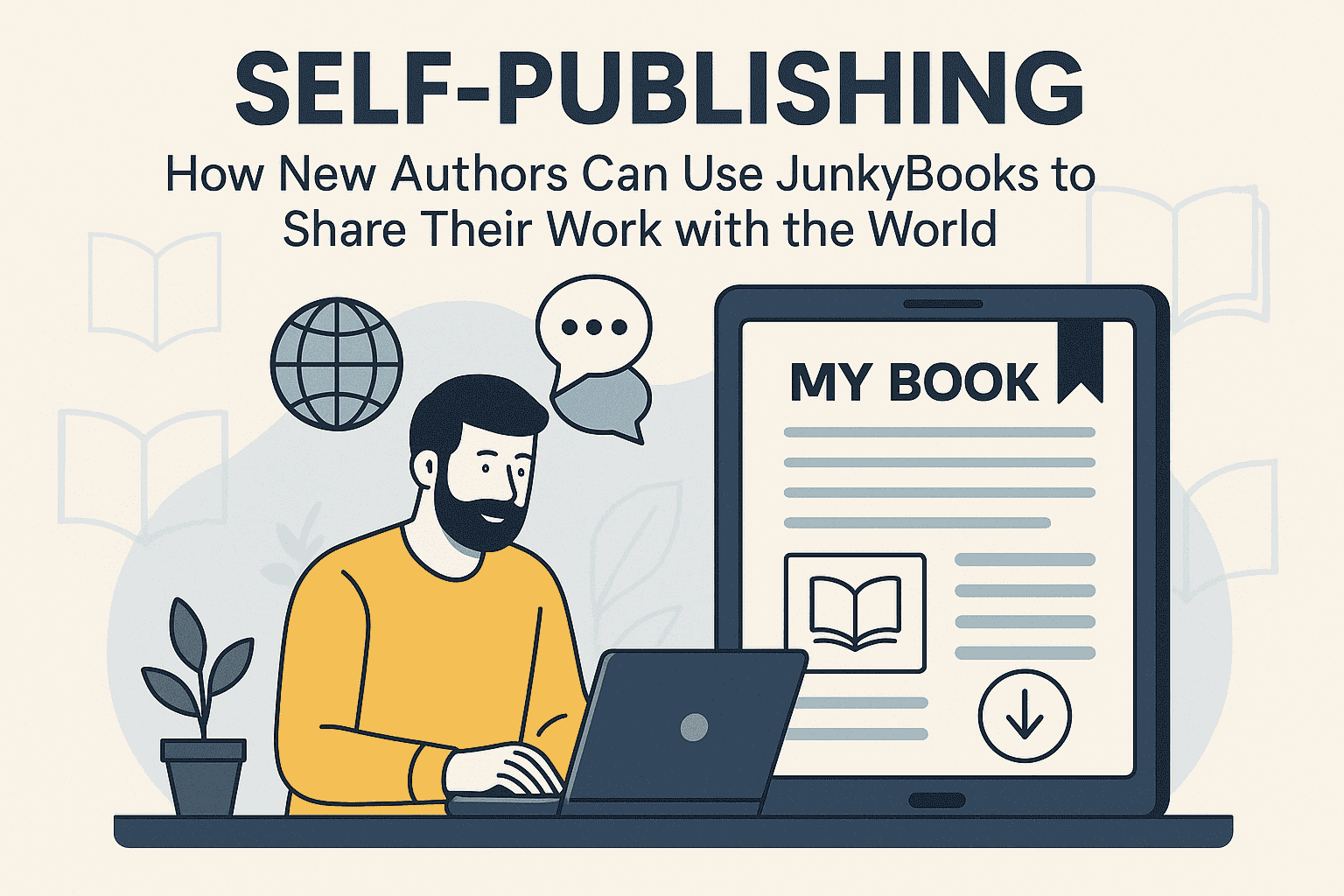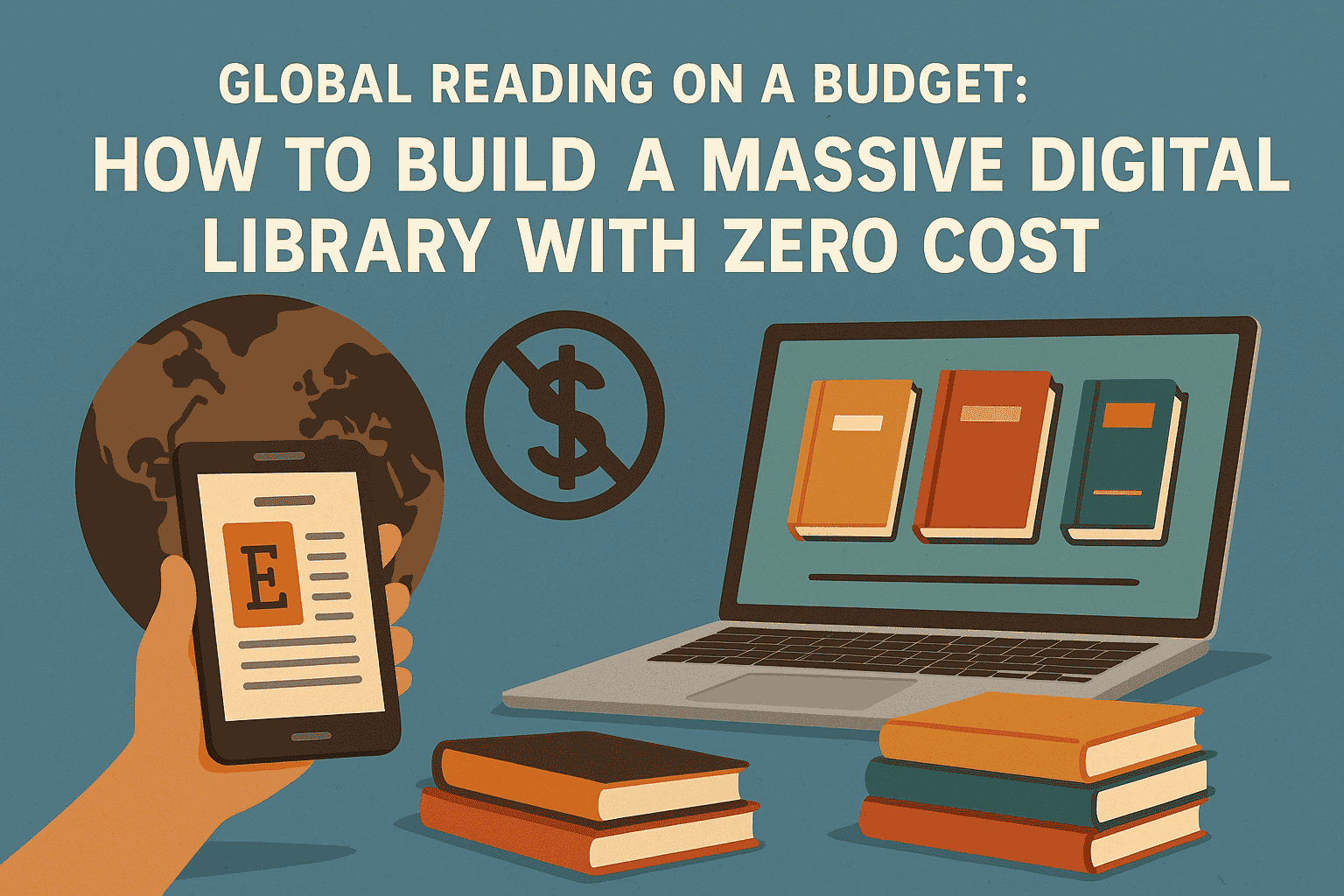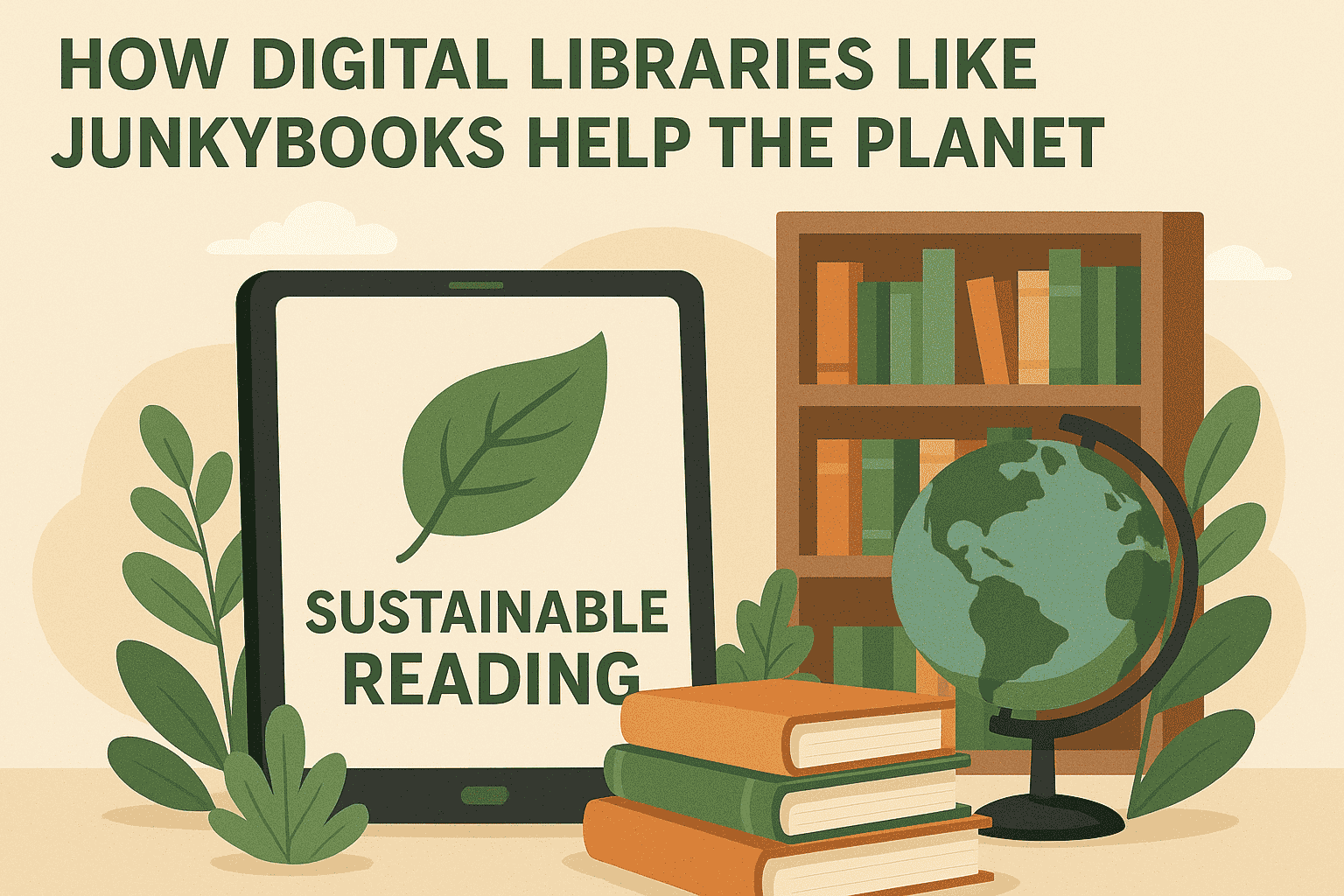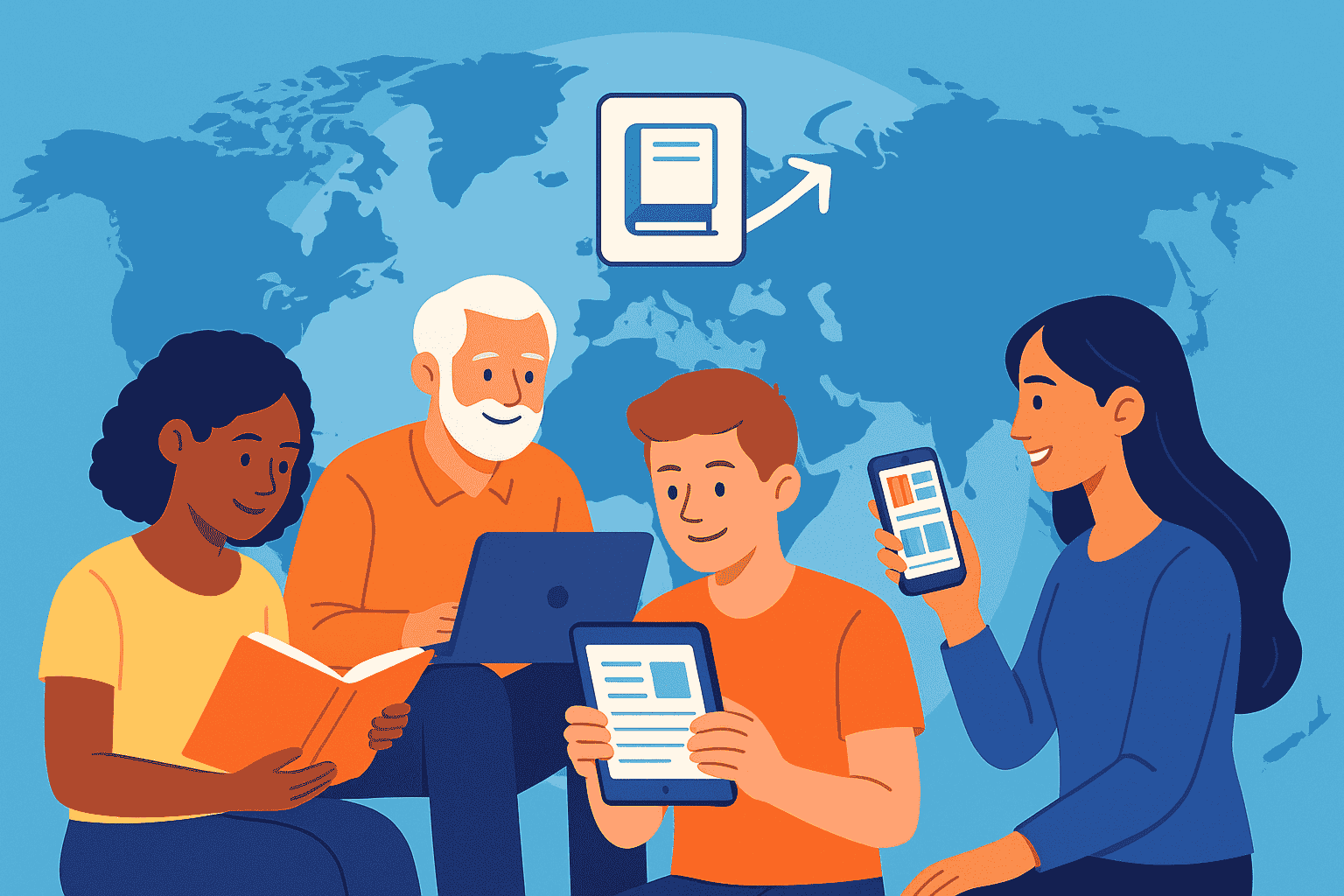Quantitative Easing and Monetary Policy on Global Markets
If there’s one economic term that stirred up endless debates during the 2008 financial crisis—and again during the COVID-19 pandemic—it’s Quantitative Easing (QE). A phrase that once seemed like Wall Street jargon has now become a powerful force that shapes economies, moves global markets, and influences your money, whether you realize it or not.
So, what exactly is Quantitative Easing? Why does it matter? And how does it ripple through everything from global stock exchanges to the cost of living in your local neighborhood?
Let’s break it down in an engaging, reader-friendly way, with a bit of history, some real-world examples, and reflections that even the average junkybooks reader (yes, you!) will find insightful.
What is Quantitative Easing (QE), Really?
At its core, Quantitative Easing is a monetary policy tool used by central banks to stimulate the economy when standard interest rate cuts are no longer effective.
Typically, central banks (like the Federal Reserve in the U.S. or the European Central Bank) adjust short-term interest rates to either boost spending or cool down inflation. But what happens when those interest rates are already near zero and the economy still needs a push?
That’s when QE steps in.
Through QE, a central bank creates new money—digitally, not by printing physical bills—and uses it to purchase financial assets, usually government bonds and sometimes corporate bonds. This increases the money supply, lowers long-term interest rates, and encourages banks to lend more, thereby stimulating economic activity.
Sounds simple, right? But the impact is anything but.
A Brief History of QE
QE isn’t a brand-new invention, although its modern application began in Japan in the early 2000s. The country was stuck in a deflationary spiral, and interest rates had already dropped to zero. Desperate for a way to revive growth, the Bank of Japan began buying government bonds in large quantities.
However, the strategy didn’t gain global fame until the 2008 financial crisis.
As global markets collapsed and credit froze, the U.S. Federal Reserve unleashed an unprecedented wave of QE—buying trillions of dollars in Treasury securities and mortgage-backed securities. The goal was to inject liquidity into the financial system, lower borrowing costs, and restore investor confidence.
Other countries followed suit. The U.K., the Eurozone, and later emerging economies all tried some form of QE to manage economic shocks.
More recently, during the COVID-19 pandemic, central banks once again turned to QE to stabilize economies amidst lockdowns, job losses, and plummeting demand.
How QE Affects the Economy
You might be wondering, “Okay, but how does buying bonds with digitally created money help me or affect global markets?”
Here’s how:
-
Lower Interest Rates: By buying government bonds, central banks increase demand for them, which raises prices and pushes yields (interest rates) lower. This, in turn, makes borrowing cheaper across the economy—from home mortgages to corporate loans.
-
Boosts Asset Prices: With bonds yielding less, investors start looking for returns elsewhere—like stocks, corporate bonds, and real estate. This often leads to rising asset prices and improved investor sentiment.
-
Weakens Currency (Sometimes): More money in circulation often leads to currency depreciation. A weaker currency makes a country’s exports cheaper and more competitive globally.
-
Encourages Lending and Spending: With more liquidity in the banking system and low rates, consumers and businesses are more likely to borrow, invest, and spend—key ingredients for economic growth.
Global Market Impacts of QE
Let’s connect the dots to global markets.
When a major central bank like the U.S. Federal Reserve implements QE, it doesn’t just affect the U.S.—it has a ripple effect across the entire global financial system.
Why? Because the U.S. dollar is the world’s primary reserve currency, and U.S. financial markets are deeply interconnected with others. If QE makes U.S. bonds less attractive, investors might move their money into emerging markets, chasing higher yields. This can lead to capital inflows, currency appreciation, and stock market booms in those regions.
But here’s the flip side: when QE policies are reversed (in a process known as "tapering"), those capital flows can suddenly reverse, triggering volatility in global markets.
We saw this in 2013 during the infamous “Taper Tantrum.” When the Fed hinted at ending its QE program, investors panicked, causing a spike in bond yields and a sell-off in emerging markets. Countries like India, Indonesia, and Brazil faced currency devaluations and stock market declines.
So, QE isn’t just a domestic affair—it can change the tides of capital and risk across the world.
The Criticisms of QE
Despite its effectiveness in calming financial crises, QE is not without controversy.
1. Asset Bubbles and Inequality:
When asset prices surge due to QE, those who own stocks and real estate benefit the most—usually the wealthier segment of the population. Meanwhile, low-income earners, who don’t have investments, may not feel the benefits directly. This can widen wealth inequality.
2. Inflation Concerns:
Injecting large amounts of money into the economy can, in theory, lead to inflation. While inflation remained subdued for years after the 2008 QE programs, the post-COVID QE era saw a different outcome—surging prices and global inflation spikes, leading to serious concerns about the side effects of too much liquidity.
3. Market Distortion:
QE can distort market pricing. When central banks are major buyers of bonds, prices are not determined solely by market demand and supply. This can lead to mispricing of risk and moral hazard.
Personal Reflection: QE and My First Home Loan
Here’s a personal story.
In 2012, I was planning to buy my first apartment. Interest rates were low, thanks to the QE programs still in effect after the 2008 crisis. The bank offered a home loan at a rate that felt like a gift from the financial gods.
I didn’t know much about QE at the time, but I later realized that the low-interest environment created by the Fed made home buying easier and more affordable for millions of people like me. In that way, QE had a very real impact on my financial journey—and perhaps yours too.
That’s the thing about monetary policy. It might sound abstract, but it touches your life in ways you don’t always see—through job opportunities, mortgage rates, inflation at the grocery store, and more.
The End of QE and the Shift to Tightening
Nothing lasts forever—not even free-flowing monetary stimulus.
As inflation rose post-COVID, central banks had no choice but to pivot. Interest rates were raised aggressively to tame inflation, and central banks began reducing their balance sheets by allowing bonds to mature without replacing them—a process known as Quantitative Tightening (QT).
This shift brought new challenges.
-
Stock markets became more volatile.
-
Borrowing became more expensive.
-
Growth slowed in several economies.
It was a stark reminder that QE, while powerful, has limits—and consequences.
Looking Ahead: QE in a Post-Pandemic World
Will QE be used again in the future?
Most likely, yes. Central banks now see it as a core part of their crisis toolkit. However, future applications may come with stricter guardrails, deeper analysis, and a more nuanced approach to prevent the pitfalls experienced in recent years.
Innovations like digital currencies, real-time financial data, and AI-driven economic modeling could also make future QE programs more targeted and efficient.
At junkybooks, we often say: understanding the past helps you prepare for the future. If you want to grasp how global finance works, QE is one of the most important concepts you can wrap your head around.
Final Thoughts: Why QE Still Matters
Quantitative Easing is one of the most powerful tools in modern economic policy. It’s rescued economies from collapse, fueled bull markets, and shaped the financial world we live in today.
But like all tools, it must be used wisely.
For investors, economists, or even curious readers, QE is a window into the complex interplay between central banks, markets, and human behavior. It’s about trust, timing, and balance.
The next time you hear about central banks buying assets or cutting rates, think of the bigger picture. Think of the homeowners, the small businesses, the foreign investors, and yes—even you.
Because monetary policy isn’t just for bankers and economists. It’s for all of us.
Stay curious. Stay informed. And keep flipping through the pages with us at junkybooks.

